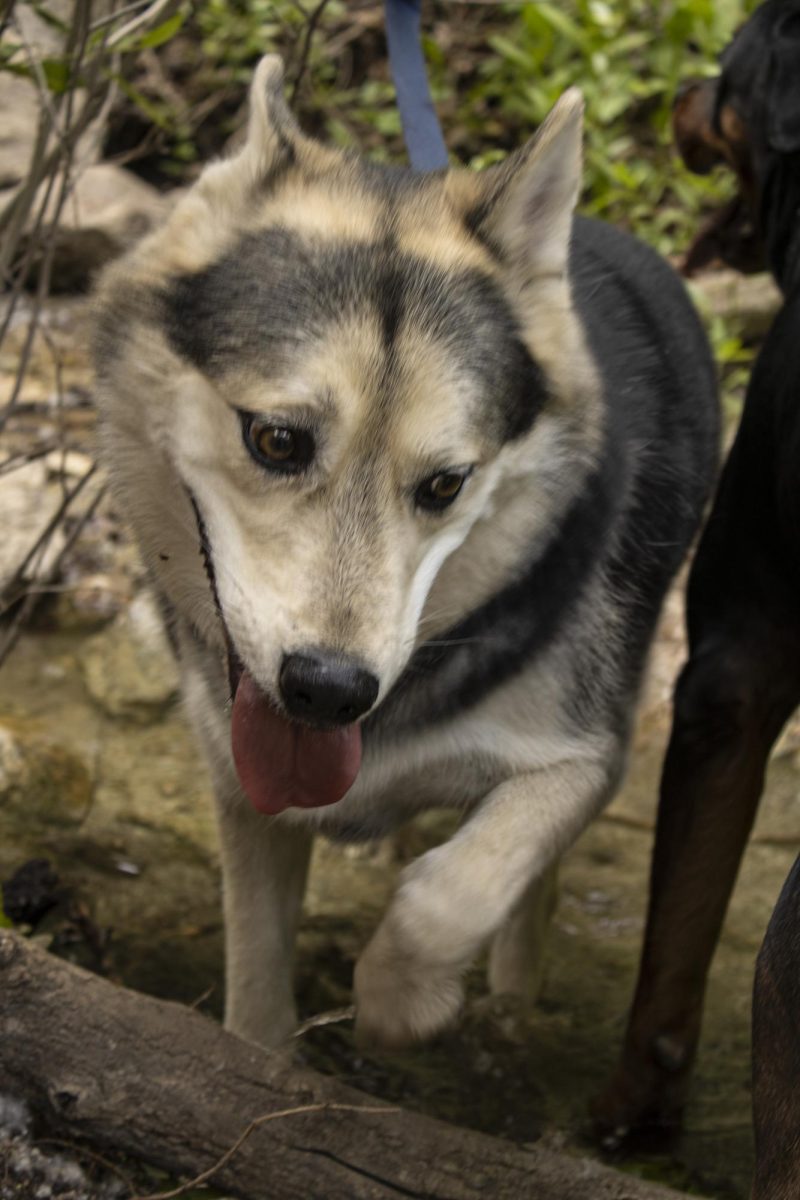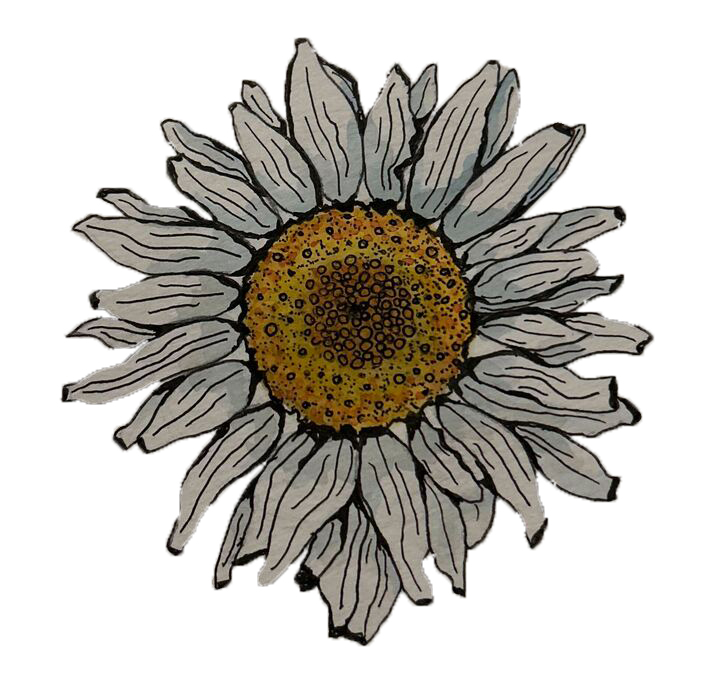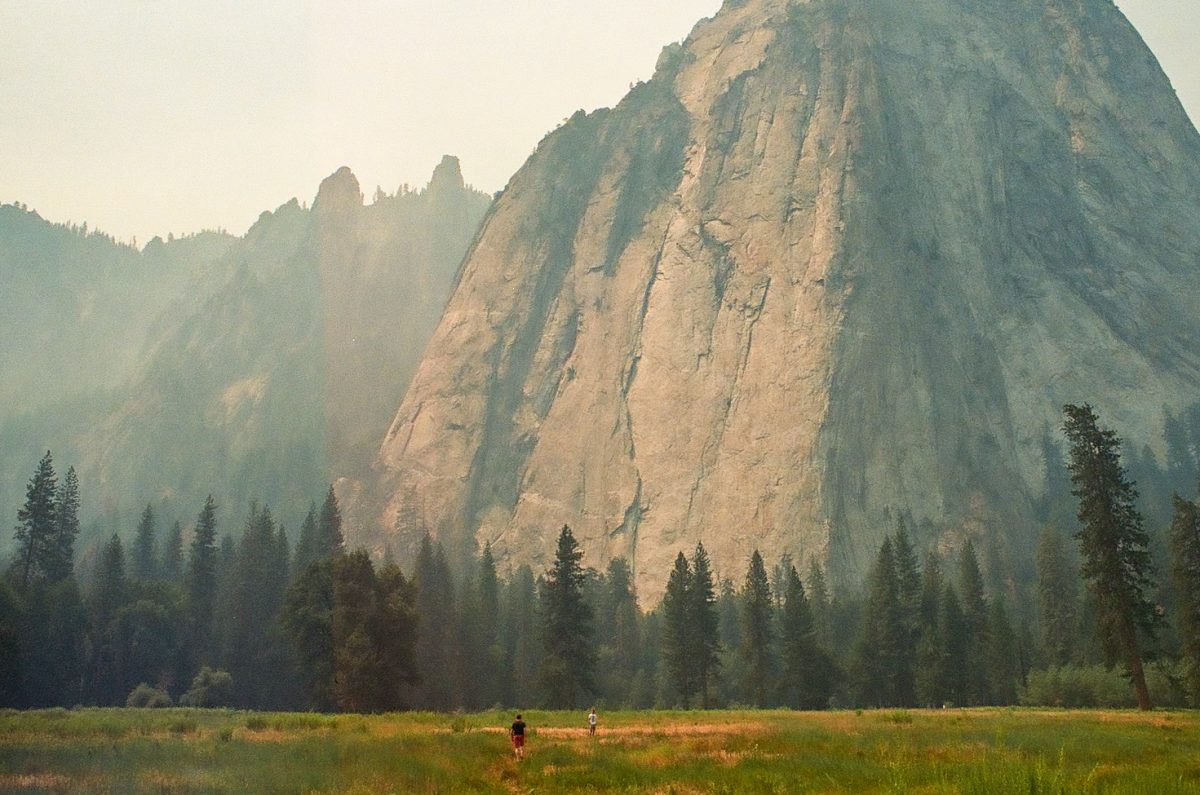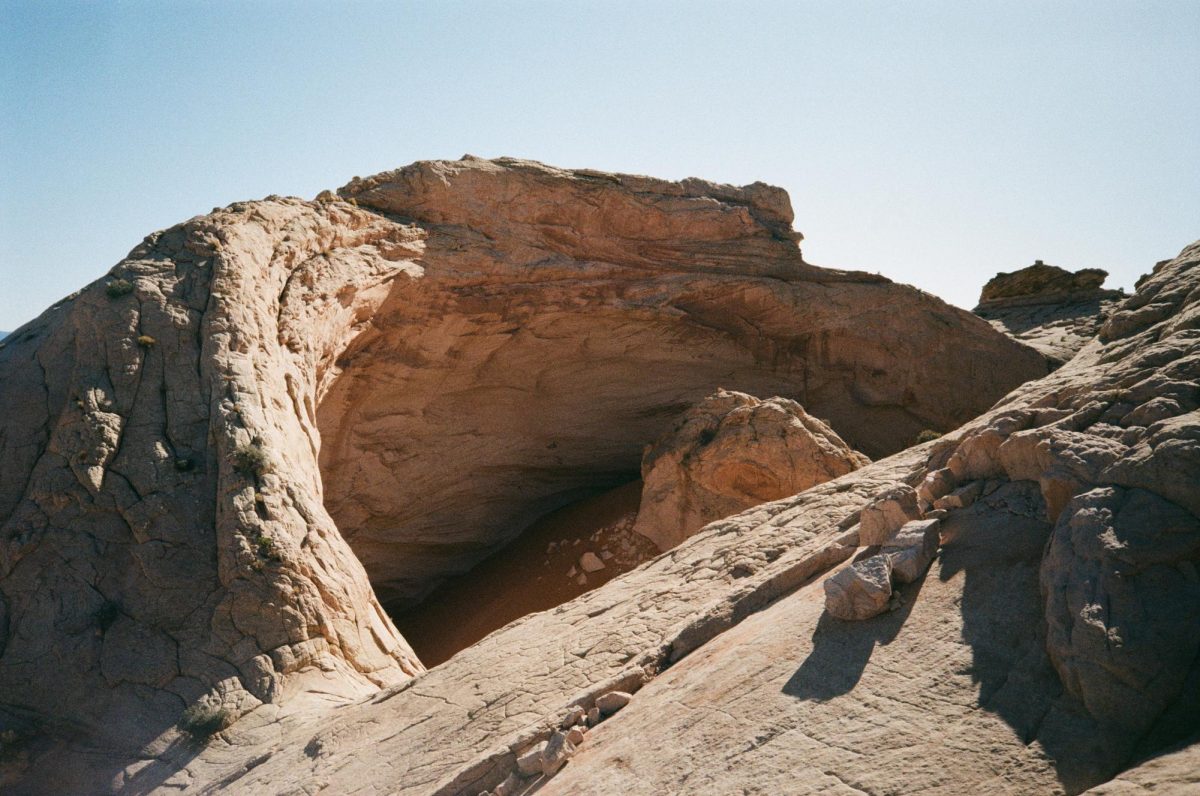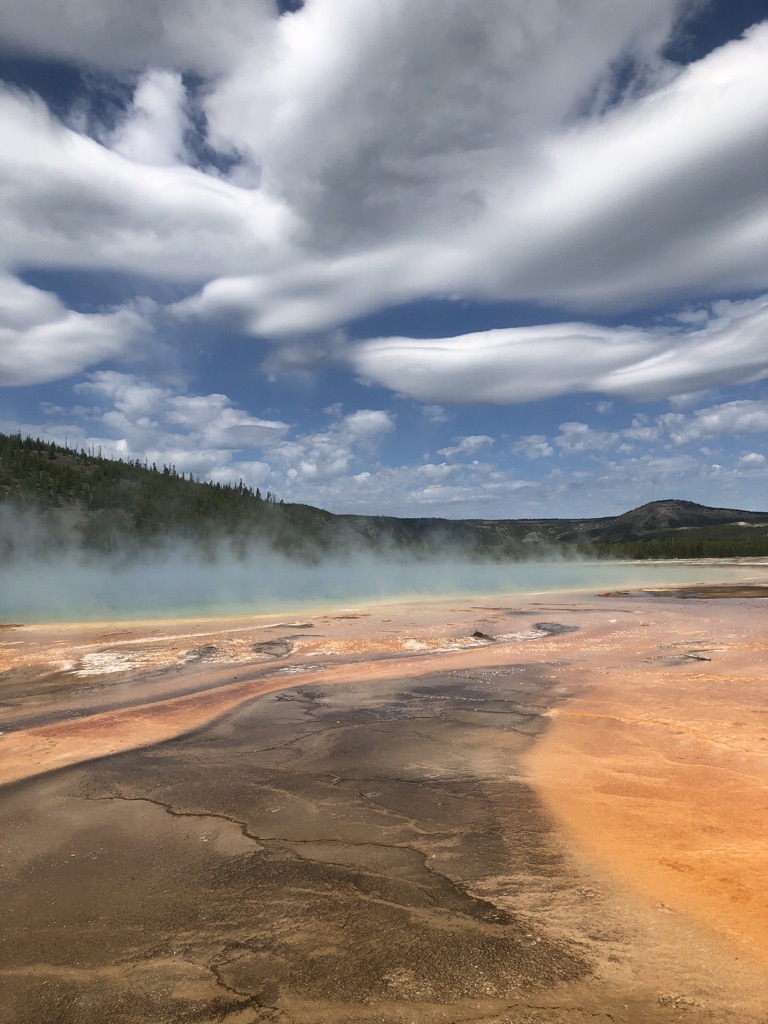Baby, It’s Cold Outside
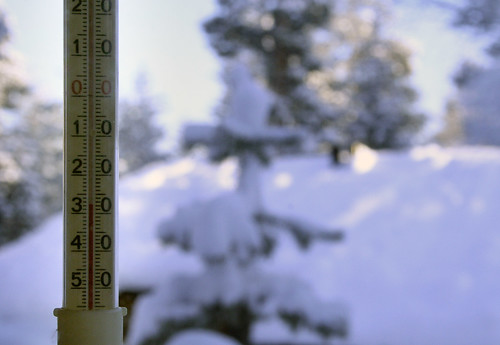
Photo Courtesy of Creative Commons
January 16, 2020
After a heavy snowfall, you and a few friends go post-holing up Grandeur Peak one weekend in January. Then, after taking in the grandeur from the top (the view to the valley is finally clear!), you start to head down. You took off a few layers of clothing on the way up, and it feels good to get some cool air moving through your clothes, but when it starts to snow again, you can’t get your shell on before your underlayers are soaked through. You start to shiver. You didn’t have gaiters to keep the snow from getting in your boots, so your feet have started to get kind of numb too. Soon you start stumbling a little, but you blame it on the shifting snow beneath your feet and keep going. Everyone’s grumbling about how cold it is, so you figure you just have to push through. When your group stops to catch its breath from the effort of working through the snow, you try to eat an extremely solid Clif bar, but it’s hard to get the wrapper off and you keep missing your mouth. That’s not great, but at least you’ve stopped shivering, right?
Wrong. You’re most likely starting to experience moderate hypothermia, and things need to change before your hypothermia continues to progress and becomes deadly. The signs and symptoms of hypothermia go beyond being cold and shivering and they are important to know before you head out on any winter excursion. Based on the Wilderness Medical Society’s most recent recommendations regarding accidental hypothermia, these guidelines should help you know what hypothermia looks like and what to do when someone is experiencing it.
True hypothermia occurs when body temperature is less than 95 degrees Fahrenheit despite the body’s best efforts to maintain its temperature by doing things like shivering to activate muscle metabolism and increasing blood flow to circulate warmth. Trauma, as is sometimes seen in outdoor medical emergencies, can further limit the body’s ability to stay warm. As the body gets colder and colder, its functions start to slow to a stop. Shivering ceases, metabolism slows, brain activity declines, and eventually, the heart’s electrical activity starts to malfunction. This is how cold can turn deadly.
While in medicine, we mark the progression of hypothermia from mild to moderate or severe by using core body temperature ranges, most people don’t take a thermometer in their day pack that can record low enough temperatures to determine hypothermia. Luckily, the body has built-in warning signs to help us recognize when we need to worry about hypothermia.
Hypothermia differentiates itself from cold stress when someone is unable to take care of themselves normally because their body movement is impaired, so the first thing someone with hypothermia needs is help. Protection from further cooling by getting someone out of the cold, removing any wet clothing, insulating them and preventing further exposure are all necessary first steps in supporting rewarming. Warm calories administered slowly will also help a mildly hypothermic body have the energy to warm itself. Restricting movement while rewarming can additionally be helpful to keep colder blood on the periphery of the body from suddenly flowing to and stressing the heart. These efforts should continue until improvement is seen.
If someone progresses to moderate hypothermia, their brain starts to become less alert and eventually shivering stops. When someone becomes disoriented and stops shivering in the cold, or if they are being treated for hypothermia without any improvement, it’s time to get medical attention. At this point, the body can’t get itself warm effectively, and will need help heating back up. Heating pads or warm bottles targeted at the armpits, chest and back — making sure they’re not so hot as to burn the skin — will aid warming. Medical professionals can also use warm IV fluids and warm fluids in the belly to help get core temperature back up. Putting someone in warm or hot water, however, isn’t recommended for people with moderate or worse hypothermia — it can cause an immediate drop in blood pressure that can be fatal.
The start of the most severe form of hypothermia is marked by a loss of consciousness. A person’s usual vital signs like pulse and breathing can progressively become so faint that they appear to be dead, only showing signs of life on sophisticated medical equipment. If someone with apparent hypothermia has no detectable pulse or breathing for one minute, CPR should be started and continued as constantly as possible until professional rewarming efforts to restore vital signs can occur. While a few people have come back from extremes of hypothermia with few deficits, at its most terrible level, severe hypothermia can halt breathing and heart activity irreversibly, causing death.
Hypothermia, while deadly, is usually preventable. Being aware of your own level of coordination and consciousness in the cold, as well as how your group members are feeling, can help you act early when the signs of hypothermia begin. Having the appropriate tools to stay warm in the first place (appropriate gear, additional dry clothing, protection from weather, means to aid in rewarming) can help you prevent and treat hypothermia if it occurs. Carrying a sleeping bag, tarp and stove — even for day trips — are good precautionary measures in the winter. Finally, the tools to get help — from wherever you are located — become key when hypothermia progresses because it isn’t fully treatable in the field. Getting someone with moderate to severe hypothermia to medical attention in a timely fashion can save their life.
Hypothermia is a progressive condition that can start mildly and end tragically, so it’s important to be watching for it whenever you encounter cold temperatures. Keeping yourself from developing hypothermia in the first place will ensure that you don’t fall down the slippery slope of becoming hypothermic — being unable to stop yourself from worsening. Ultimately, staying warm in the winter is equivalent to staying alive. With that in mind, you can kick back with some cocoa and plan your next snowy adventure.



